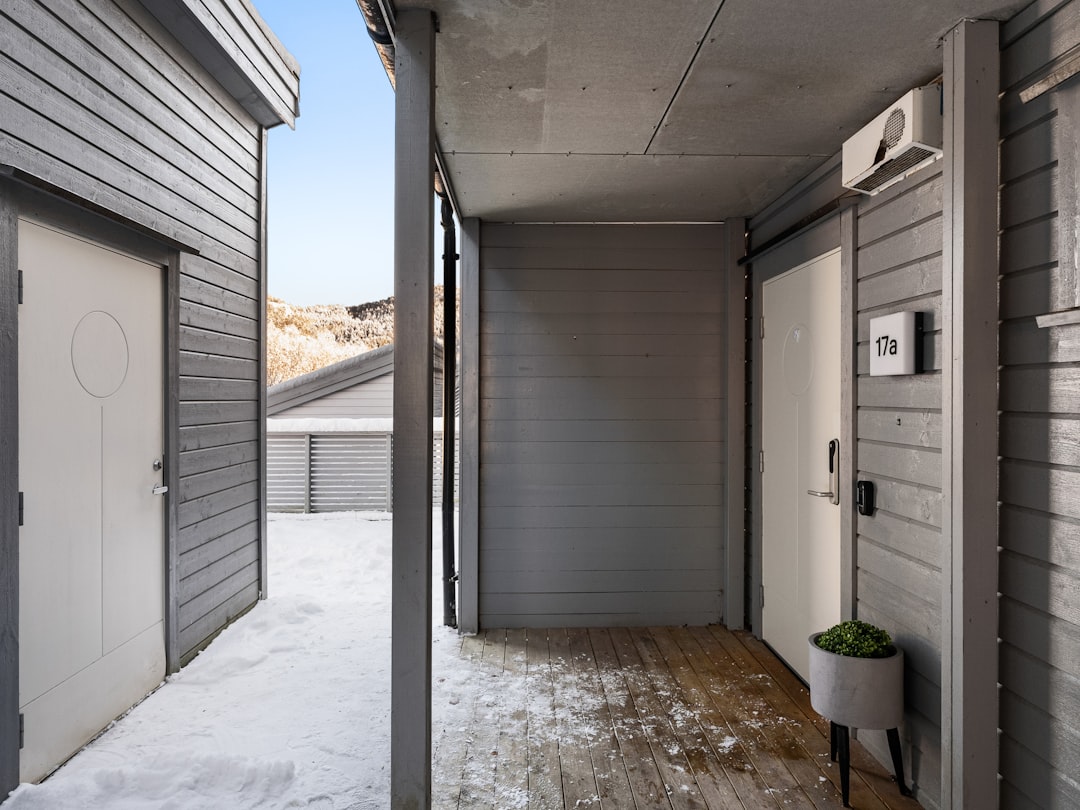
Replacing or installing a garage door is a significant investment for enhancing curb appeal and energy efficiency. Prices can vary significantly, with costs ranging from $1,200 to $7,500 depending on materials and customization. This guide breaks down the components influencing garage door costs, helping you plan effectively.
• A 10% miscalculation on a $4,000 door can derail a renovation budget.
• Accurate pricing protects profit margins for builders and remodelers.
• Homeowners gain transparency and trust when estimates align with final invoices.
Visit CountBricks.com for AI-driven estimates that factor in current prices for steel, wood, composite, and smart-door technology.
Steel is popular for its strength and affordability, but rising metal prices can affect costs. Wood offers timeless aesthetics but requires higher maintenance. Composite and aluminum options are mid-range, while glass-panel doors add luxury pricing tiers. CountBricks updates these trends daily to reflect current supplier charges.
A standard 8’x7’ single garage door is cheaper than a custom 18’x8’ carriage-style double door. Features like embossed panels, windows, and custom paint add costs. CountBricks’ blueprint tool captures unique dimensions for precise costing.
Higher R-value doors reduce energy loss, crucial in extreme climates. However, polystyrene or polyurethane cores can increase costs by 15-25%. Our AI platform helps balance upfront investment against long-term savings.
• Chain-drive openers are economical but noisy.
• Belt-drive systems offer quiet operation at a moderate price.
• Direct-drive and smart Wi-Fi openers maximize convenience and security.
CountBricks links opener SKUs to regional pricing, updating estimates with new models.
Installation complexity, regional wage differences, and permit fees affect costs. CountBricks records jobsite specifics for a detailed labor breakdown that meets local codes.
These figures represent national medians from CountBricks AI reports. Your estimate may vary based on the factors above.
Speak dimensions and options on-site. CountBricks transcribes, applies live pricing, and outputs a quote PDF in minutes.
Upload plans to CountBricks.com. Our tool identifies openings and calculates modifications, saving hours of manual work.
Convert estimates into proposals with scope, timelines, and payment schedules. Clients sign digitally, and CountBricks generates invoices aligned with draw dates.
• Choose standard sizes to avoid custom charges.
• Opt for mid-level insulation for energy savings and cost balance.
• Schedule installations in off-peak seasons to reduce labor rates.
• Bundle door replacement with exterior renovations for volume discounts.
The average garage door replacement recoups 93% of its cost at resale. CountBricks quotes include financing options for immediate curb appeal improvements.
1. Conduct a site walk-through using CountBricks voice capture.
2. AI matches details to live databases.
3. Review the estimate, adjusting margins as needed.
4. Generate a proposal from CountBricks templates.
5. Secure client e-signature and schedule installation.
Understanding garage door costs requires up-to-date pricing, precise measurements, and transparent labor calculations. CountBricks unifies these elements, empowering contractors and homeowners to make informed decisions. Explore the platform at CountBricks.com.

A CountBricks client in Jackson planned an exterior refresh, replacing two 9’x7’ doors with insulated steel upgrades. Initial estimates showed $4,800. Using CountBricks on-site, the contractor captured:
The recalculated cost was $4,214—12% under the original buffer. Savings were reallocated to upgraded attic insulation, increasing project ROI.
• Sync supplier catalogs monthly for accurate pricing.
• Use photo annotation to highlight repairs; CountBricks auto-appends labor.
• Bundle doors with paint scopes to cut freight charges.
• Activate client view mode to show live cost fluctuations, building trust.
An insulated garage door can reduce adjacent room temperature swings by up to 12°F, easing HVAC load. CountBricks’ energy-savings calculator models utility bill reductions over five years, helping justify premium upgrades.
Whether you're a builder sharpening bids or a homeowner seeking budget certainty, CountBricks provides the insight needed to address garage door costs effectively.